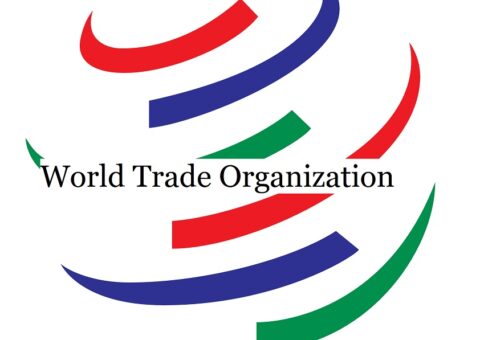A report released by the World Trade Organization (WTO) on Monday revealed that world exports of intermediate goods (IGs) experienced a significant year-on-year decline of 8% in the second quarter of 2023, amounting to US$ 2.3 trillion.
This downward trend has persisted since the previous year, attributed to stagnant commodity prices and a substantial contraction in global consumer demand, driven by high inflation and interest rates.
The slump in IG exports affected all regions across the globe and impacted most product categories within the intermediate goods sector. According to the WTO report, Asia witnessed a decline of 13%, followed by Africa (-12%), North America (-8%), South and Central America (-8%), and Europe (-2%).
In terms of quarter-on-quarter performance, South and Central America emerged as a standout, with a notable 14% increase in IG exports compared to the first quarter of 2023. This surge was primarily fueled by Brazil’s seasonal exports of soybeans, primarily destined for China, amounting to US$ 15.3 billion. Brazil also supplied Argentina with US$ 1.3 billion worth of soybeans in the second quarter, a stark contrast to the zero exports in the same period the previous year due to a drought in Argentina. Conversely, North America experienced the sharpest quarterly decline, recording a 3% decrease to US$ 297 billion, particularly vis-à-vis its Asian and European industrial partners. European exports of industrial inputs also decreased by 2% in the second quarter.
Breaking down the categories of IG exports, all sectors, except for transport parts and accessories, experienced a year-on-year decline in the second quarter. Notably, there was a significant 13% growth in the export of transport parts and accessories. China’s exports of lithium-ion batteries particularly stood out, marking a 40% year-on-year increase, driven by the global acceleration in electric vehicle production. On the flip side, other industrial supplies (-14%), food and beverages (-9%), parts and accessories excluding transport equipment (-8%), and ores and precious stones (-1%) all recorded declines in exports.
The report also highlighted the decline in IG trade within regions in the second quarter. Intra-Asia trade, often characterized as “Factory Asia,” experienced a substantial 16% year-on-year decline, reflecting the reduction in global demand. In contrast, intra-regional trade was least affected within North America, registering only a 2% decline. Additionally, inter-regional exchanges mostly contracted in the second quarter, although European exports to Asia and the Americas exhibited growth, with year-on-year increases of 5% and 1-2%, respectively. European shipments to Asia were particularly supported by a rise in gold exports.
In conclusion, the WTO report underscores the widespread impact of global economic conditions on the trade of intermediate goods, with declines observed in regions and various product categories. The findings suggest a complex interplay of factors influencing international trade dynamics, necessitating careful consideration by policymakers and industry stakeholders alike.
